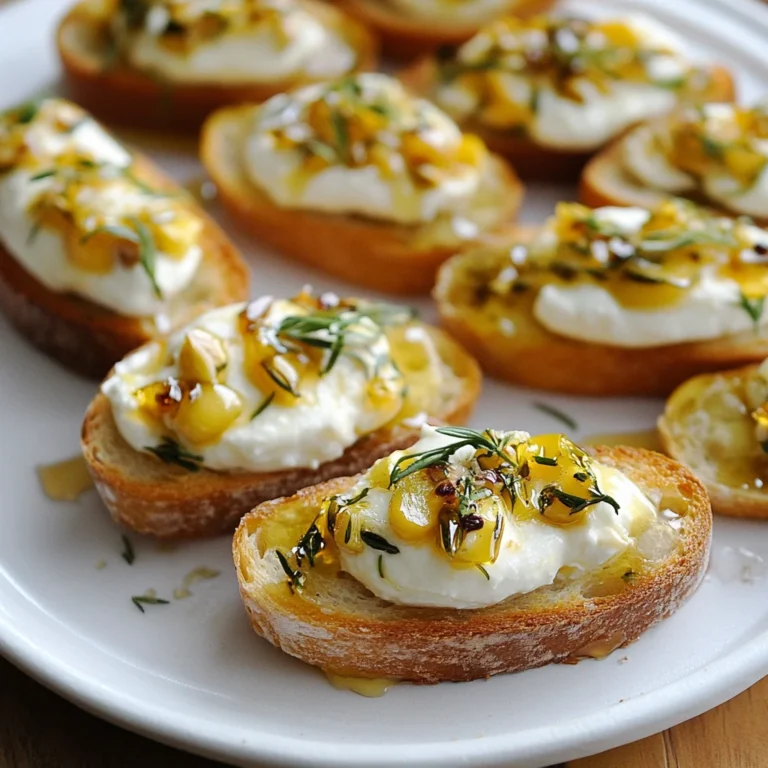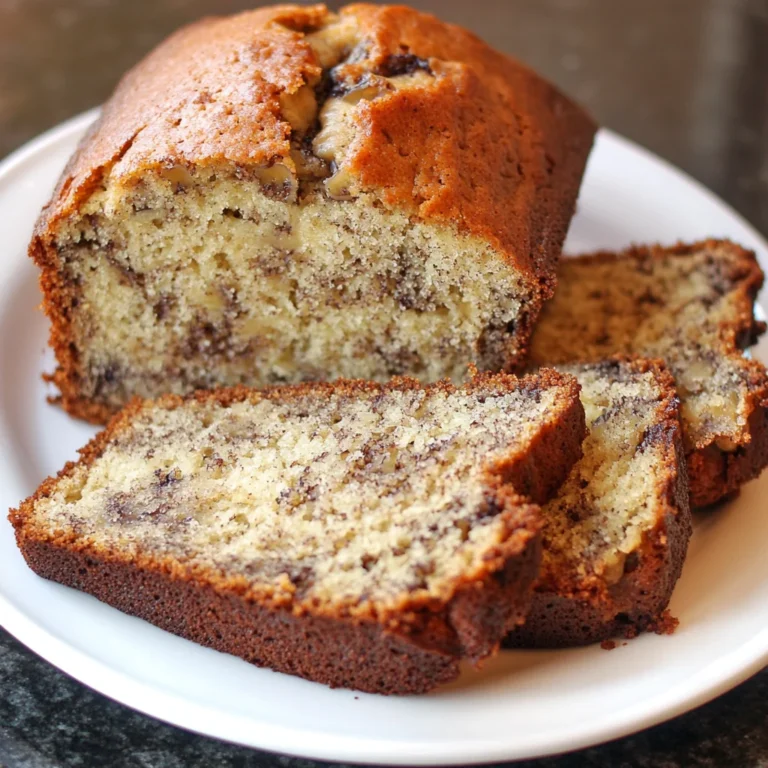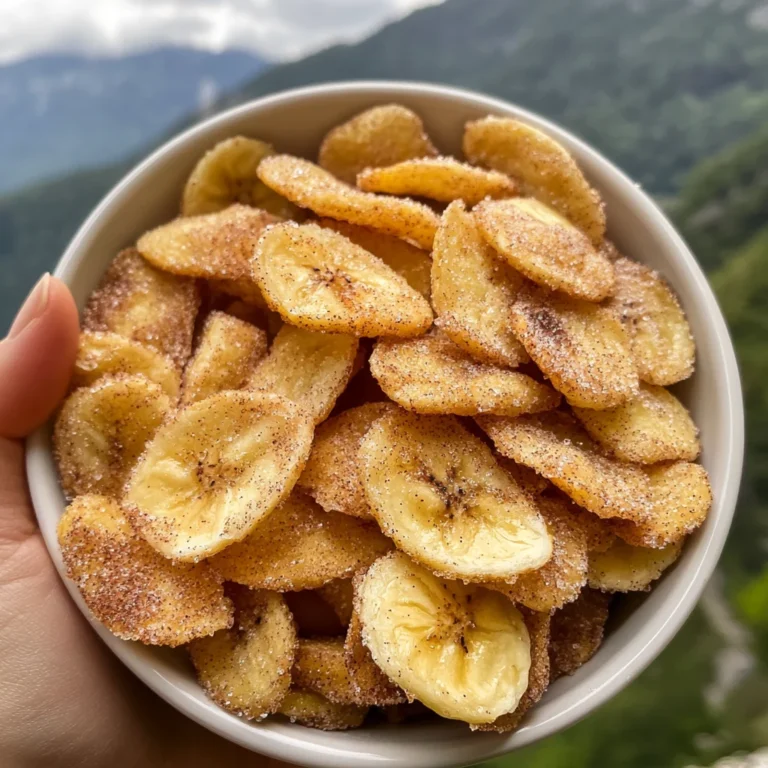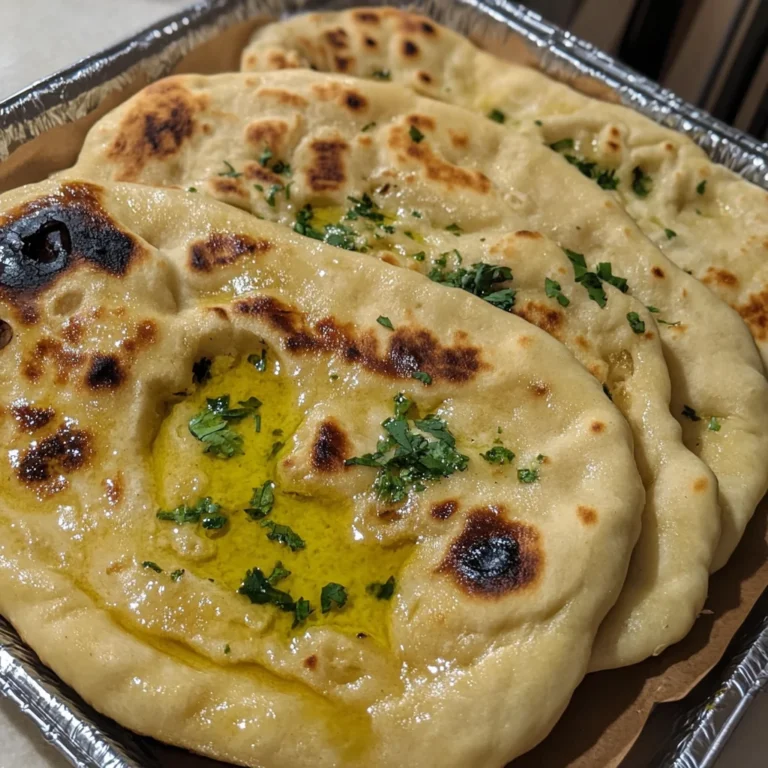Best French Toast Recipe
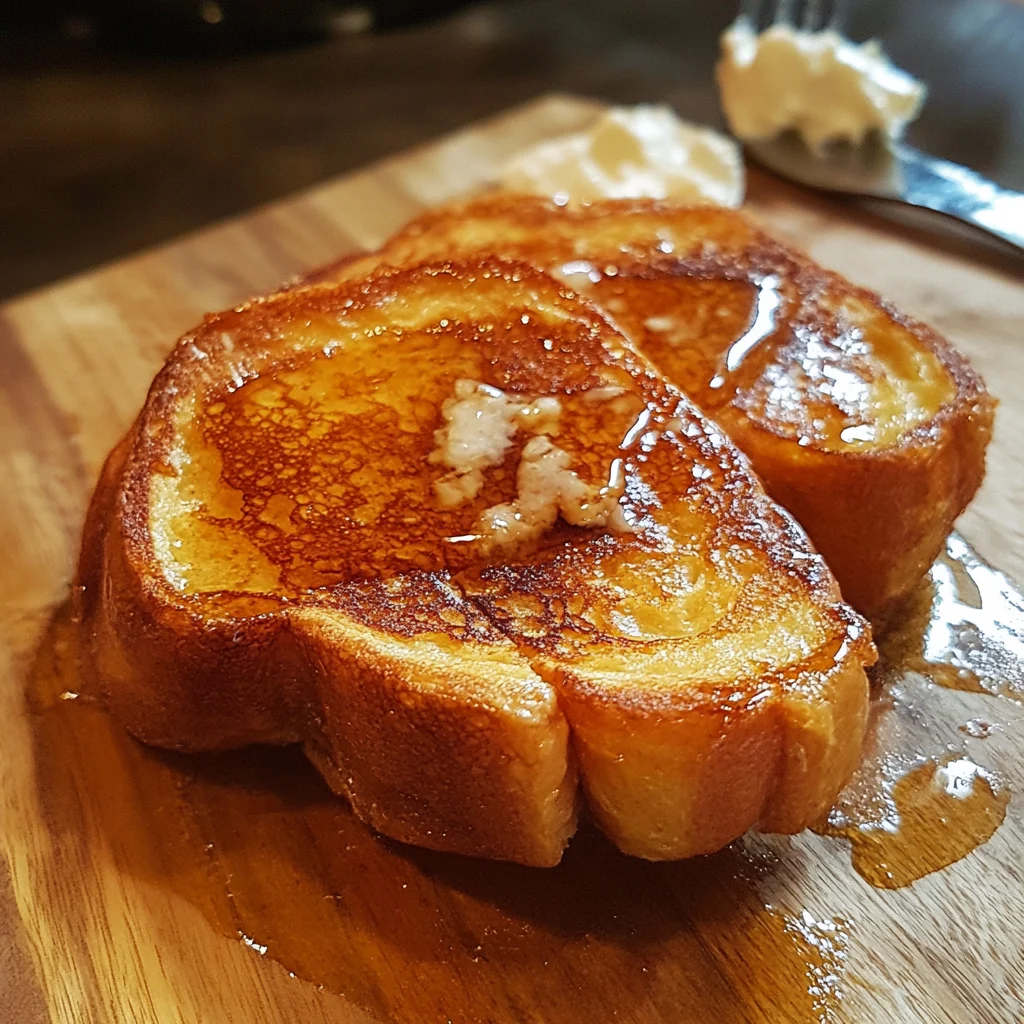
Description: This recipe provides a detailed guide to making the best French toast, emphasizing the importance of high-quality ingredients and meticulous cooking techniques for achieving the perfect balance of crispy edges and a soft, custardy interior.
Why You’ll Love This Recipe:
- Perfect Texture: Achieve the ideal French toast texture with a crisp, golden-brown exterior and a melt-in-your-mouth custardy center.
- Rich Flavor: The combination of challah or brioche bread, cream, vanilla, and cinnamon creates a rich and decadent flavor profile that is sure to delight.
- Versatile: Easily customizable with a variety of toppings to suit your preferences, from classic maple syrup to fresh berries and whipped cream.
- Easy to Follow: Step-by-step instructions and helpful tips ensure that even novice cooks can achieve French toast perfection.
- Elevates Breakfast: Transform your ordinary breakfast into a special occasion with this restaurant-quality French toast recipe.
Introduction
French toast, a beloved breakfast staple, can be elevated from simple fare to a culinary masterpiece with the right techniques and ingredients. This recipe focuses on using high-quality challah or brioche bread, a rich custard mixture, and precise cooking methods to create the ultimate French toast experience. The key to achieving perfect French toast lies in the balance of textures and flavors. The bread should be soaked just enough to absorb the custard without becoming soggy, and the cooking process should ensure a crisp exterior while maintaining a soft, custardy interior. This recipe provides detailed instructions and helpful tips to help you achieve these goals every time.
Ingredients:
- 1 loaf Challah or Brioche Bread (cut into thick slices, about 1 inch thick)
- 2 cups Half-n-Half or Heavy Cream
- 4 large Eggs
- 1/4 cup Sugar
- 2 teaspoons Vanilla Extract
- 1/2 teaspoon Cinnamon
- Salted Butter (for cooking)
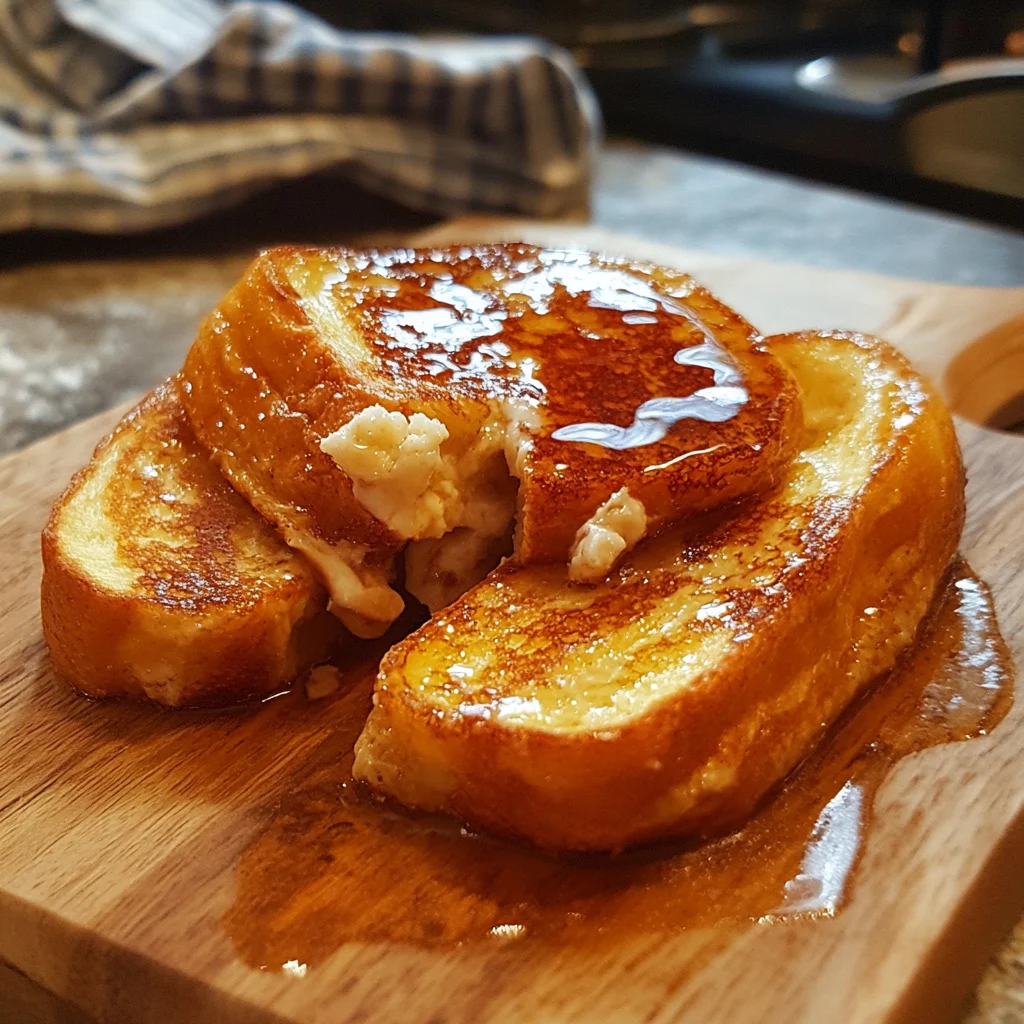
Preparation:
Step 1: Prepare the Bread: Slice the challah or brioche bread into thick slices, about 1 inch thick. Day-old or slightly stale bread is ideal as it is sturdier and better able to absorb the custard mixture without falling apart. If using fresh bread, you can lightly toast the slices in a low oven (200°F or 93°C) for about 10-15 minutes to dry them out slightly.
Step 2: Make the Custard: In a large, shallow dish or baking pan, whisk together the half-n-half or heavy cream, eggs, sugar, vanilla extract, and cinnamon. Whisk thoroughly until all ingredients are fully combined and the mixture is smooth. For an even more seamless blend, use an immersion blender or a regular blender to incorporate the cinnamon fully into the custard. This ensures that the cinnamon flavor is evenly distributed throughout the French toast.
Step 3: Soak the Bread: Dip each slice of bread into the custard mixture, ensuring that both sides are fully soaked. Allow the bread to soak for about 20-30 seconds per side, or until the bread is saturated but not falling apart. The soaking time may vary depending on the density and dryness of the bread. Be careful not to over-soak the bread, as this can result in soggy French toast.
Step 4: Cook the French Toast: Heat a large skillet or griddle over medium-low heat. Add a generous amount of salted butter to the skillet, allowing it to melt and coat the surface evenly. The butter adds flavor and helps to create a golden-brown crust on the French toast. Once the butter is melted and the skillet is hot, carefully place the soaked bread slices into the skillet, being careful not to overcrowd the pan. Cook the French toast for about 3-5 minutes per side, or until golden brown and cooked through. Adjust the heat as needed to prevent the exterior from browning too quickly while the interior remains uncooked.
Step 5: Serve: Remove the cooked French toast from the skillet and place it on a serving plate. Serve immediately with your favorite toppings, such as powdered sugar, salted butter, and real maple syrup.
COOKING Rating:
Difficulty: Easy to Medium. The recipe is straightforward, but achieving the perfect texture requires attention to detail and temperature control.
Serving Suggestions:
- Classic: Maple syrup, butter, and powdered sugar
- Fruity: Fresh strawberries, blueberries, raspberries, or sliced bananas with whipped cream.
- Decadent: Chocolate shavings, Nutella, or chocolate syrup with whipped cream.
- Gourmet: Sweetened ricotta cheese, pistachio nuts, and orange zest.
- Savory-Sweet: Bacon or sausage with maple syrup.
- Berry Compote: Serve with a homemade berry compote, a mix of fresh berries simmered with a bit of sugar and lemon juice until thickened.
- Caramelized Apples: Top with sautéed caramelized apples for a warm and comforting flavor combination.
Tips:
- Use Stale Bread: Slightly stale bread soaks up the custard better and prevents the French toast from becoming soggy.
- Don’t Over-Soak: Avoid soaking the bread for too long, or it will become too soft and difficult to handle.
- Cook Low and Slow: Cooking over medium-low heat ensures that the inside cooks through without burning the outside.
- Use Plenty of Butter: Butter adds flavor and helps to create a golden-brown crust.
- Keep Warm: Keep the cooked French toast warm in a low oven (200°F or 93°C) until ready to serve.
- Experiment with Flavors: Add a splash of orange liqueur, bourbon, or almond extract to the custard for a unique twist.
- Use a Cast Iron Skillet: Cast iron skillets distribute heat evenly and help to create a perfectly crisp crust.
- Rest the Bread: After soaking, let the bread rest on a wire rack for a few minutes before cooking to allow excess custard to drip off. This helps prevent the French toast from becoming too soggy in the pan.
Prep Time:
10 minutes
Cook Time:
15 minutes
Total Time:
25 minutes
Nutritional Information:
(Approximate values per serving)
- Calories: 406 kcal
- Protein: 14 g
- Sodium: 384 mg
Conclusion
This French toast recipe is a guaranteed crowd-pleaser, offering a perfect balance of flavors and textures. Whether you’re serving it for a special brunch or a simple weekend breakfast, this recipe is sure to impress. With a few simple tips and techniques, you can elevate your French toast game and create a dish that rivals the best restaurants. Don’t be afraid to experiment with different toppings and flavor combinations to create your own signature French toast recipe.
Questions and Answers:
Q1: Can I use different types of bread for this recipe?
A1: Yes, you can use other types of bread, but challah or brioche are highly recommended because they are rich and absorbent. Other good options include Texas toast, sourdough, or even croissants. Just keep in mind that the soaking time may need to be adjusted depending on the type of bread you use. Thicker slices of bread will require more soaking time, while thinner slices will require less.
Q2: Can I make the custard mixture ahead of time?
A2: Absolutely! You can prepare the custard mixture up to 24 hours in advance. Store it in an airtight container in the refrigerator. Just be sure to whisk it again before using to ensure that all ingredients are well combined. This is a great way to save time in the morning, especially if you’re preparing breakfast for a crowd.
Q3: How do I prevent the French toast from becoming soggy?
A3: The key to preventing soggy French toast is to use slightly stale bread and avoid over-soaking it. Allow the bread to soak for about 20-30 seconds per side, or until it is saturated but not falling apart. After soaking, let the bread rest on a wire rack for a few minutes to allow any excess custard to drip off before cooking. Also, make sure to cook the French toast over medium-low heat to ensure that it cooks through without burning the outside.
Q4: What if I don’t have half-n-half or heavy cream? Can I use milk?
A4: While half-n-half or heavy cream will give you the richest and most decadent flavor, you can substitute milk if needed. However, the French toast may not be as custardy. For best results, use whole milk and add a tablespoon of melted butter to the custard mixture to compensate for the lower fat content.
Q5: How do I keep the French toast warm while cooking multiple batches?
A5: To keep the French toast warm while cooking multiple batches, preheat your oven to 200°F (93°C). Place the cooked French toast on a baking sheet lined with parchment paper and keep it in the oven until ready to serve. This will prevent the French toast from becoming cold and soggy while you finish cooking the rest of the batch.
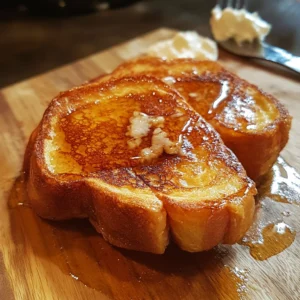
Best French Toast Recipe
Ingredients
- 1 loaf Challah or Brioche Bread cut into thick slices, about 1 inch thick
- 2 cups Half-n-Half or Heavy Cream
- 4 large Eggs
- 1/4 cup Sugar
- 2 teaspoons Vanilla Extract
- 1/2 teaspoon Cinnamon
- Salted Butter for cooking
Instructions
- Step 1:
- Prepare the Bread: Slice the challah or brioche bread into thick slices, about 1 inch thick. Day-old or slightly stale bread is ideal as it is sturdier and better able to absorb the custard mixture without falling apart. If using fresh bread, you can lightly toast the slices in a low oven (200°F or 93°C) for about 10-15 minutes to dry them out slightly.
- Step 2:
- Make the Custard: In a large, shallow dish or baking pan, whisk together the half-n-half or heavy cream, eggs, sugar, vanilla extract, and cinnamon. Whisk thoroughly until all ingredients are fully combined and the mixture is smooth. For an even more seamless blend, use an immersion blender or a regular blender to incorporate the cinnamon fully into the custard. This ensures that the cinnamon flavor is evenly distributed throughout the French toast.
- Step 3:
- Soak the Bread: Dip each slice of bread into the custard mixture, ensuring that both sides are fully soaked. Allow the bread to soak for about 20-30 seconds per side, or until the bread is saturated but not falling apart. The soaking time may vary depending on the density and dryness of the bread. Be careful not to over-soak the bread, as this can result in soggy French toast.
- Step 4:
- Cook the French Toast: Heat a large skillet or griddle over medium-low heat. Add a generous amount of salted butter to the skillet, allowing it to melt and coat the surface evenly. The butter adds flavor and helps to create a golden-brown crust on the French toast. Once the butter is melted and the skillet is hot, carefully place the soaked bread slices into the skillet, being careful not to overcrowd the pan. Cook the French toast for about 3-5 minutes per side, or until golden brown and cooked through. Adjust the heat as needed to prevent the exterior from browning too quickly while the interior remains uncooked.
- Step 5:
- Serve: Remove the cooked French toast from the skillet and place it on a serving plate. Serve immediately with your favorite toppings, such as powdered sugar, salted butter, and real maple syrup.


